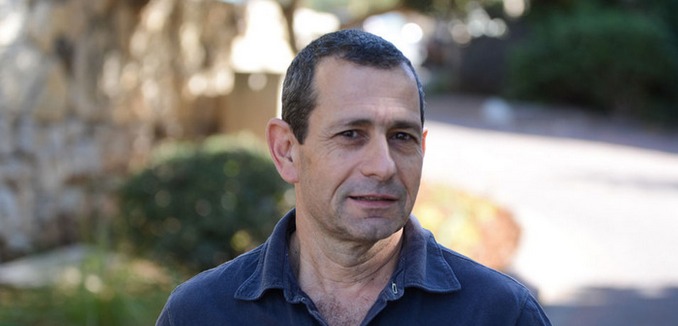The head of Israel’s internal security service has revealed that Israel is successfully fighting back against cyberterrorism and prevented thousands of potential so-called “lone wolf” attacks with the aid of technology, Haaretz reported Tuesday.
Speaking at a cybersecurity conference in Tel Aviv, Shin Bet chief Nadav Argaman said that “hackers around the world working to harm Israel often experience unexpected mishaps.
“Just as we aren’t satisfied with passive defense in the real world but find terrorists in their place – the same goes for cyberdefense,” he added. “We study our adversary’s modus operandi and learn how to defeat them in a variety of ways.” He said that Shin Bet successfully cooperates with other partners in the intelligence and defense communities, but also emphasized the importance of staying alert.
“In light of the deceptive characteristics of cybersecurity, it would appropriate for us to remain modest and cautious concerning our ability to receive a hermetic picture of what is happening in this area,” Argaman said.
The Shin Bet head also revealed that Israel used technological and intelligence methods to identify and prevent over 2,000 potential “lone wolf” attacks since the beginning of 2016.
“Lone wolves” are individuals that act alone and perform an act of terror separate from any named group. Argaman added that 400 would-be terrorists were arrested.
Unlike terror cells that have to meet, or at least have members communicate with each other, lone wolves can operate without leaving behind any traces and are difficult, often impossible, to catch.
“To successfully locate a lone-wolf attacker is an enormous challenge,” Argaman explained. “The trailblazing technological improvements, along with knowing [the situation on] the ground and operational work, have contributed greatly to reducing the level of terrorism and Israel successfully dealing with the threat of such terrorists,” he concluded.
While terrorists who are characterized as “lone wolves” don’t operate in a formal structure, there are often other indicators that they are threats. In The Myth of the “Lone Wolf” Terrorist, which was published in the June-July 2017 issue of The Tower Magazine, Julie Lenarz outlined some of the signs that authorities have missed in notable cases.
Take for example the wave of terrorist attacks that has swept across Europe in recent years. There was the brutal beheading of Lee Rigby, an off-duty soldier hacked to death on the streets of Woolwich by two individuals. Terrorists rammed vehicles into pedestrians in Nice, Stockholm, Berlin, and London. An Afghan refugee assaulted passengers with an axe on a train in the German city of Würzburg and a week later another Syrian refugee blew himself up outside of a music festival in Ansbach. All of these acts of barbarism where classified as “lone wolf” attacks.
But they were nothing of the sort. The killers of Lee Rigby — Michael Adebowale and Michael Adebolajo — both attended al-Muhajiroun events organized by Anjem Choudary, a notorious British hate preacher and Islamic State recruiter at the center of an international network of Islamic extremists that include Abdelhamid Abbaaoud and the perpetrators behind the London Bridge and Borough Market terror attack. Choudary and his circle are thought to have radicalized more than a 100 individuals that left for Syria and Iraq to fight with jihadist groups.
Riaz Khan Ahmadzai and Mohammad Daleel, the Syrian refugees that carried out attacks in Germany, even received direct instructions from Islamic State operatives via social media applications in the immediate lead up to the attacks. The German newspaper Süddeutsche Zeitungpublished transcripts of the conversations Ahmadzai and Daleel had with their handlers, which reveal how closely Islamic State monitored their operations.
“I will carry out an attack with an axe in Germany today.” Riaz Ahmadzai told his handler. He replied: “If you’re going to commit the attack, Allah willing, Islamic State will claim responsibility for it.” Minutes later, Ahmadzai typed: “I am starting now” to which Islamic State’s man replied: “Now you go to paradise.”
The other terrorist, Mohammad Daleel, sent a photo of the music venue to his handler with the comment “This area will be full of people.” His instructor wrote back saying “Kill them all in a wide open space so they will lie on the ground.”
These examples show that even if an individual acts alone during an attack, in the sense that no other terrorist is physically present, they are certainly not “lone wolves” in any meaningful sense.
[Photo: Flickr]




